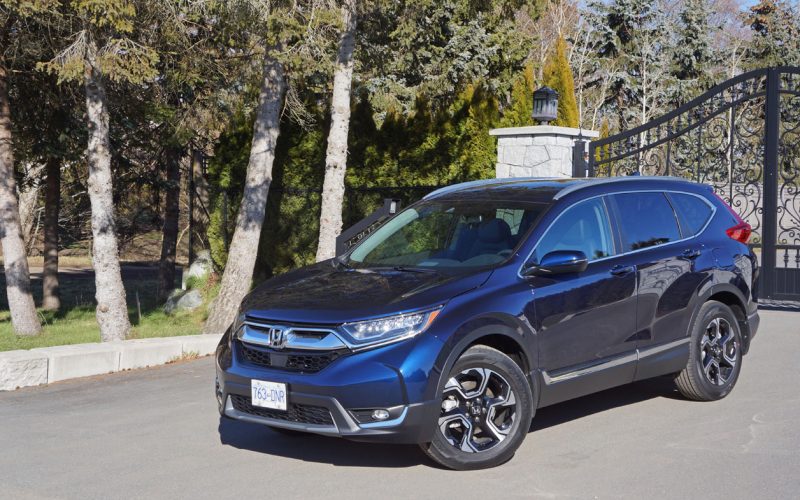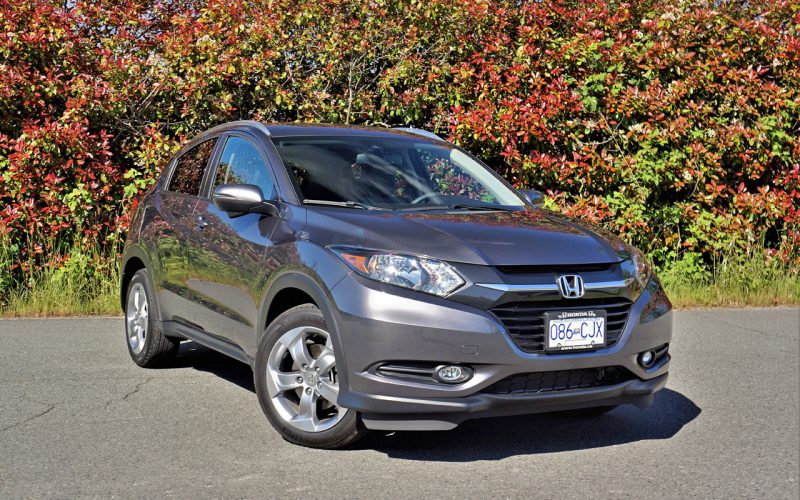
Reading Time: 14 minutesWhat’s the best-selling SUV in Canada? It’s not the Honda CR-V, but falling short by only

Reading Time: 7 minutesTwo years ago Honda hadn’t even staked their claim in the burgeoning subcompact SUV category, but
© 2025 The Car Magazine. All Rights Reserved, Privacy Policy | Terms of Use